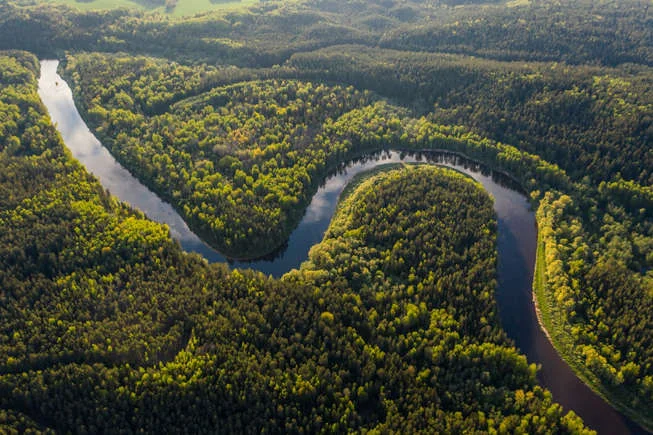
Exploring the Amazon Rainforest: A Guide to Its Most Iconic Plants | Travel Blog
The Amazon rainforest is one of the places with the greatest variety of plants found practically nowhere else. We talked about how the ecosystems that inhabit this place are important centers of nature for the entire world.
For generations, Latin American indigenous people have learned the medicinal uses and cultural significance of these plants. The difference between a medicinal plant, a plant used ceremonially, and those that are simply dangerous dates back hundreds of years of developed knowledge. Their knowledge continues to influence science and conservation today.
This guide highlights the most iconic and fascinating plants of the Amazon. Learn about their unique features and traditional uses. Discover the rainforest’s plant life in a fresh, captivating way.
Table of content
Medicinal Marvels: Healing Plants of the Amazon Rainforest
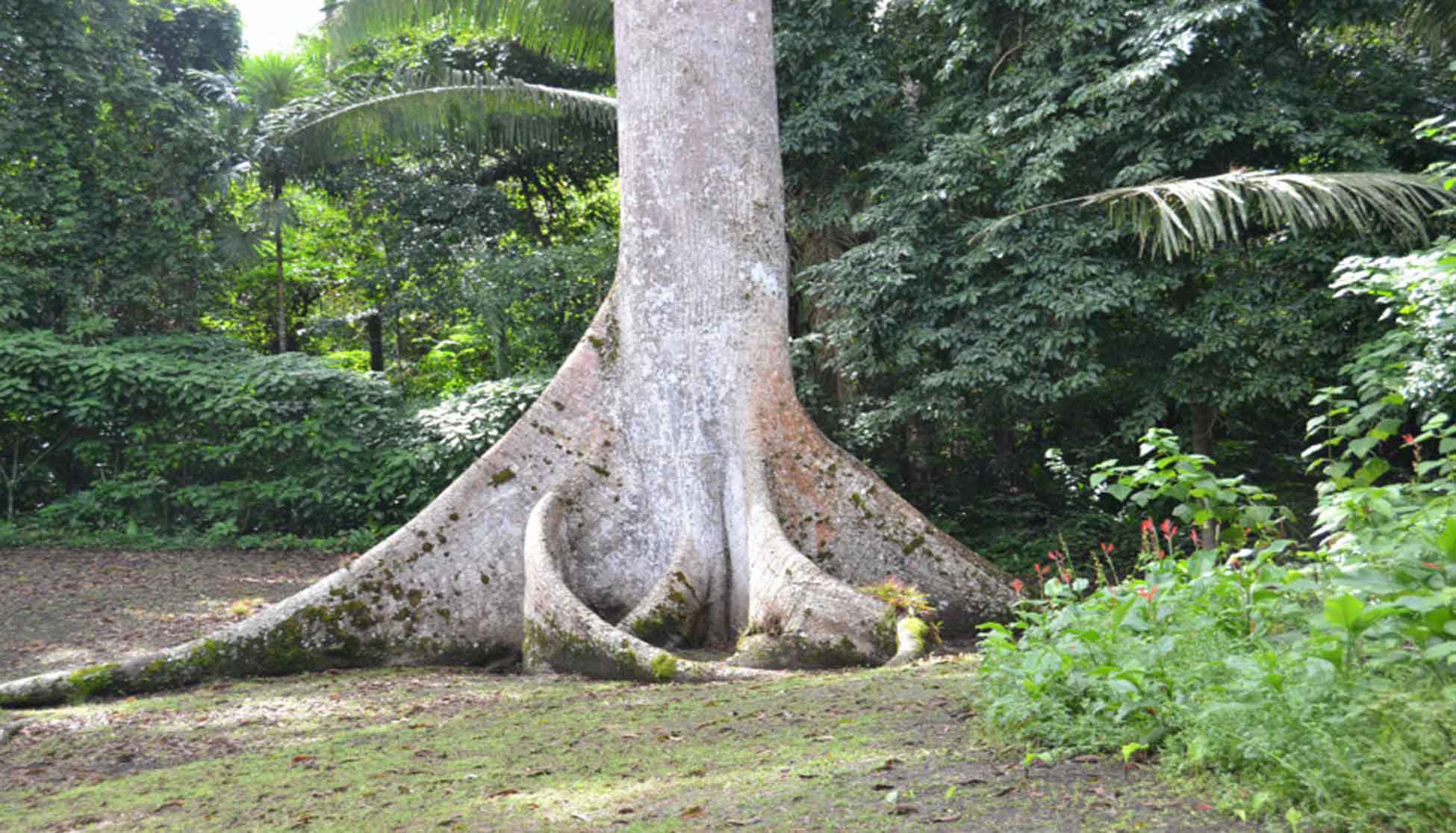
The Amazon Rainforest holds thousands of healing secrets within its green depths. This tropical rainforest stretches across nine countries in South America. It supports countless plant species with powerful medicinal properties used for generations.
Indigenous peoples across the Amazon River basin rely on these plants for health and survival. Their deep knowledge shapes natural remedies still practiced today. Scientists often study their techniques to develop modern medicine.
One important plant is Sangre de Drago, known for its red sap and healing properties. The sap acts as an antibacterial gel that promotes skin healing. This is why indigenous people have used it on cuts and wounds to minimize damage.
Another plant with traditional and recurring use is Una de Gato. It is typically found near the Andes mountain ranges. The main benefit found by locals is that it reduces pain from joint diseases.
Traditional Knowledge and Biodiversity

The Brazilian amazon is especially rich in medicinal plant species. Many of these thrive near the Amazon River and its countless tributaries. Thick forest cover and humidity support the growth of rare botanical treasures.
The indigenous communities within the Amazon rainforest are a living culture, therefore, ancestral wisdom about medicinal processes must be properly transmitted and taught to new generations. For this reason, it is considered a protected cultural heritage.
One of the most famous plants worldwide in recent decades is Ayahuasca, or the rope of the dead. This has been the most recognized spiritual tool for Amazonian tribes. It induces altered states of consciousness that have been used to cure physical and emotional illnesses for centuries. Its recognition is so great that travelers from all over the world have become interested in experimenting with this medicine.
Scientists continue discovering new uses for Amazon plants. They analyze compounds that may fight viruses, bacteria, and even cancer. These studies highlight the global value of protecting this tropical rainforest.
Conservation and Future Healing
The Amazon Rainforest stores massive amounts of carbon dioxide, helping regulate Earth’s climate. Destruction of its forest cover threatens unique plant species and vital medicine sources. Changes in temperature, destruction due to human intervention, fires, and other factors are the risks that many of these species face in the future.
The Brazilian government must develop stronger conservation plans to prevent potential ecological disasters. This would mean preserving these ecosystems that develop around the Amazon basin, ensuring their enjoyment for future generations.
This guide offers you an easy understanding of everything the Amazon offers in terms of nature, culture, and medicinal healing.
Towering Giants and Tiny Treasures: Iconic Trees and Shrubs
The Amazon Rainforest has an almost innumerable number of tree species and varieties within these species. Giant trees, tens of meters tall and hundreds of years old, define the Amazonian landscape. Not only that, they are responsible for oxygenating the entire continent.
The Ceiba is a giant tree that takes decades to grow, reaching approximately 60 meters in height, a considerable size. It is one of the pillars of the subsistence of bird and monkey populations. Other examples are Brazil nut trees, which produce one of Amazon's most valuable edible exports. Only specific bees and animals can pollinate and open its hard-shelled fruits.
In the Peruvian Amazon, the ceiba tree holds great spiritual and ecological importance. Indigenous communities often consider it a sacred life-giving force. These trees stabilize the soil and store vast amounts of carbon dioxide.
Diverse Shrubs and Hidden Plants

Giant trees fill and cover the Amazonian landscape, but other types of plants dominate the ground level. Smaller plants absorb the filtered energy of the sun, fertilizing the soil and enriching it for all other life forms. Many are found with nutritionally dense and medicinal properties.
In the high jungle of Ecuador, we can mention Guayusa, a plant that indigenous people use in combination with coffee for mental clarity and energy. Achiote is another famous shrub used as part of cultural expression. Its intense red color can be used as body paint. It is also the stomach medicine par excellence of Amazonian tribes.
The Amazon contains species so unique they grow nowhere else on Earth. Scientists regularly document new shrubs and trees in remote areas. These discoveries highlight the need for forest conservation and sustainable exploration.
Guardians of the Forest
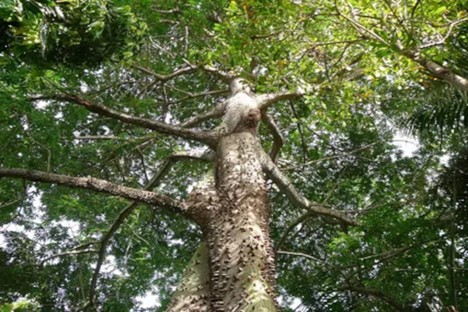
Trees and shrubs in the Amazon Rainforest help regulate rainfall and protect the planet’s oxygen supply. Their roots hold the soil together, preventing erosion near rivers and wetlands. Without them, the region’s fragile balance would quickly collapse.
Many of these plant species exist only within small patches of protected rainforest. Deforestation threatens both towering trees and delicate undergrowth alike. Conservation groups urge stronger protection for these natural guardians.
The region called the Amazon is more than just a forest. It is a living network of trees, shrubs, animals, and people. By preserving it, we protect Earth’s largest remaining treasure of biodiversity.
Nature’s Defense: Carnivorous and Poisonous Plants of the Jungle
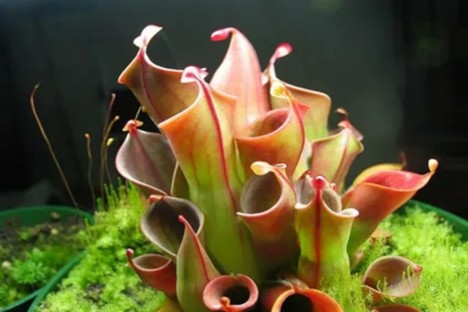
The Amazon Rainforest hides more than beauty within its green walls. It also protects some of the planet’s most dangerous plant species. These natural defenders rely on toxins or traps to survive in their competitive environment.
Within the Amazon, there are also less nutrient-dense locations. In these remote areas, corresponding to the upper Amazon reaches of the rainforest, we find examples of adaptation such as carnivorous plants.
In the case of Heliamphora, it attracts insects using its color and scent to set traps for them. The insects are trapped in its gelatinous tube until they drown and are subsequently digested.
Utricularia takes advantage of the aquatic environment in the Amazonian wetlands. It has tiny vacuum cleaners, if you could call them that, to suck up its victims in milliseconds.
Poisonous Protectors of the Amazon Rainforest

A mechanism hidden from the naked eye is the one used by poisonous plants. They use potent chemicals as a defense against any potential predator that threatens them.
This factor has been effectively exploited by Amazonian natives. An example is the Curare plant, which produces alkaloids used by tribes in their darts. They are effective paralyzers that cause death in high doses. However, Amazonian healers discovered its anesthetic properties and now use it in treatments that require sedation.
Brugmansia, or Angel's Trumpet, has a potent venom rivaled only by its beauty. Indigenous communities use it carefully in spiritual rituals under strict guidance. Its compounds affect the nervous system and can cause hallucinations or death.
These plants remind us that the Amazon is not just a paradise. It is a place of survival, strategy, and intricate adaptation. The more we study them, the more we understand nature’s complexity.
Hidden Dangers, Unseen Lessons
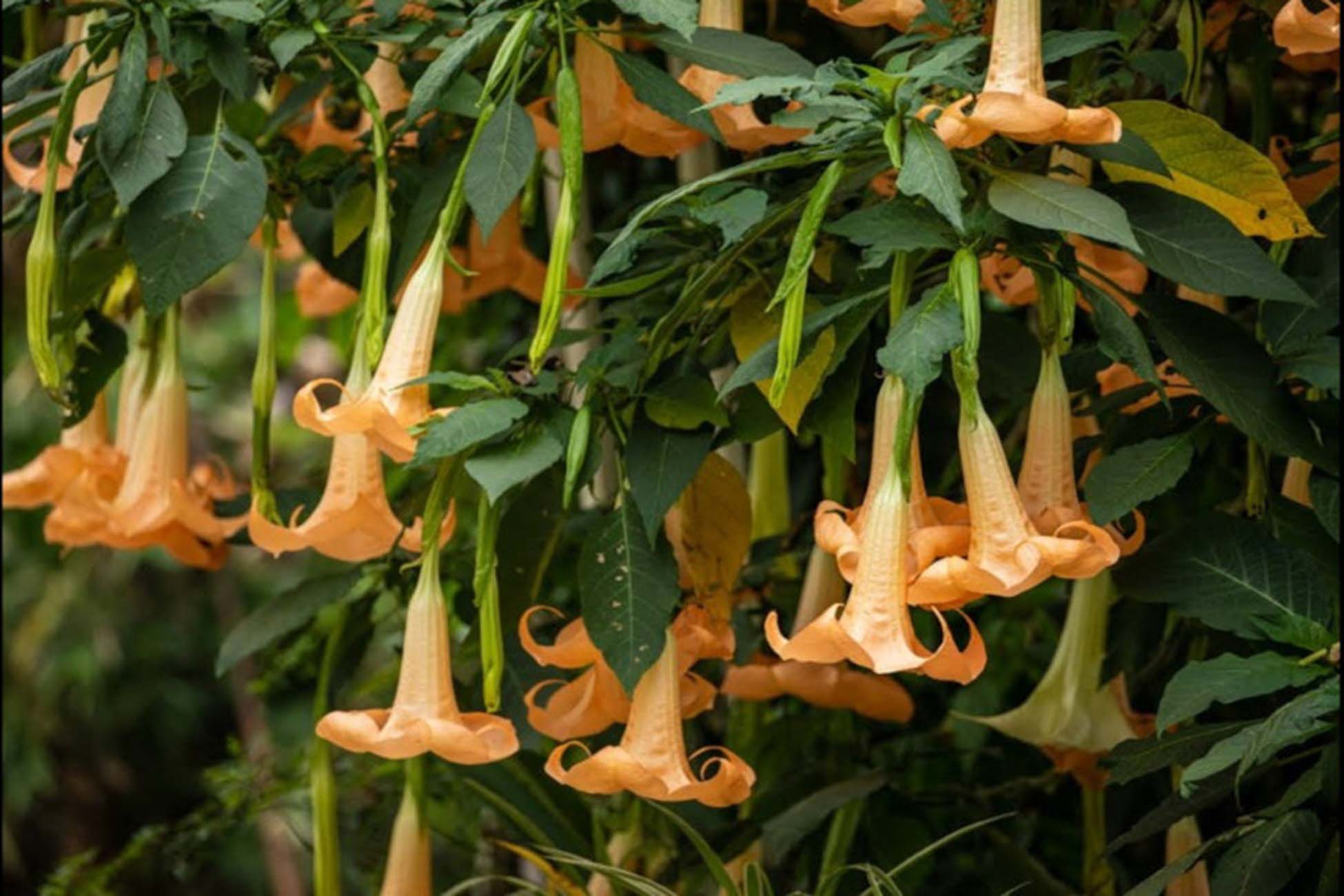
Many carnivorous and poisonous species still await discovery in remote rainforest zones. Researchers believe the Amazon Rainforest holds untapped secrets for medicine and biochemistry. Protection of these plants ensures the safety of potential future cures.
Animals have evolved to recognize and avoid some of these species. Birds, monkeys, and insects learn quickly which leaves or seeds to avoid. This silent education supports the balance between predator and prey.
The Amazon Rainforest continues to challenge and teach those who explore it. Carnivorous and poisonous plants are essential pieces of its grand puzzle. Respecting them deepens our connection with this powerful, living ecosystem.
Check Our Suggested Tours:
- The Soul of Two Worlds: A Grand Amazon & Andes Expedition 14d/13n
- Following the Path to the Sacred Sun Gate
- Honeymoon In Peru - Peru Honeymoon Packages
- Peru By Belmond Tour
- Family Adventure Tour
- From the Heart of the Jungle to the Sacred Mountain: A Luxury Expedition Through the Amazon & Ausangate 16d/15n

